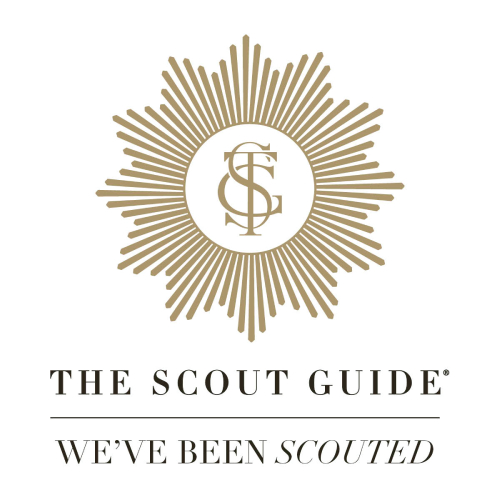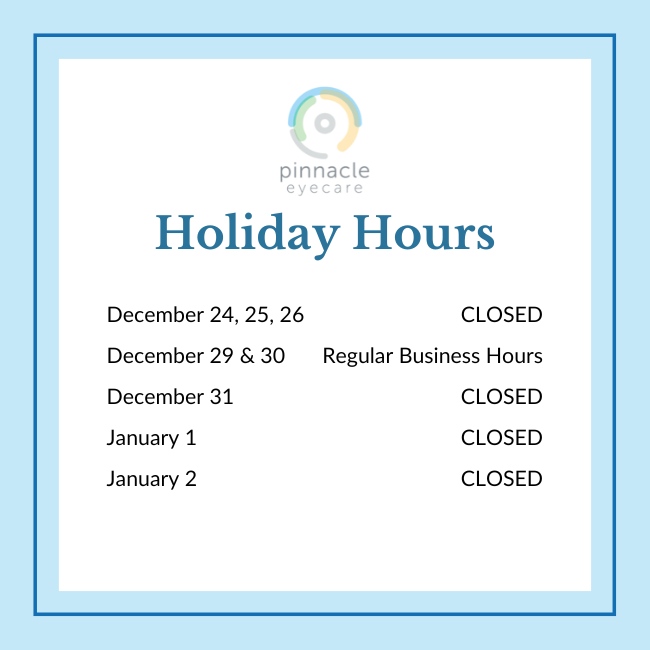If you’ve worn contacts for any length of time, the question of whether one of your lenses could disappear behind your eye has probably crossed your mind. And while contacts can’t physically get stuck behind your eye, they can get stuck in odd and uncomfortable places on the eye’s surface or behind the eyelid.
If your contact lens gets stuck or folded up under your eyelid, there isn’t typically an immediate cause for concern. But if you’re experiencing excessive pain, or if the contact won’t return to its normal position after you’ve tried the steps detailed below, then it’s essential that you book an appointment with your eye doctor as soon as possible.
Understanding the Fit of Contact Lenses
Contact lenses are designed to float on the tear film that coats the cornea (the clear front surface of the eye). When properly fitted, they should comfortably adhere to the shape of the eye.
The anatomy of the eye is quite fascinating. The conjunctiva, a thin, transparent membrane, covers the white part of the eye and lines the eyelids. This membrane creates a continuous barrier, preventing anything from truly getting stuck behind the eye.
However, even while it’s in front of your eye, an out-of-place lens can feel as though it has shifted into an unreachable spot. This usually happens when the lens moves off-center or folds over itself.
Reasons Contacts Can Get Stuck
There are several reasons why your contact may get or feel like it’s stuck in your eye.
Dry Eyes
When your eyes are dry, there isn’t enough lubrication to allow smooth movement of contact lenses. This can lead to discomfort and the sensation of a lens being stuck. Dry eyes can cause your contact lenses to stick to your cornea or even fold under your eyelid.
Improper Lens Care
Skipping proper cleaning routines or not replacing your contacts as recommended can lead to a buildup of proteins and other debris. This can affect lens comfort, and it increases the likelihood of a lens feeling stuck, even when it’s correctly in place.
Foreign Body Sensation
Small particles like dust or an eyelash can sometimes get trapped under your contact lens. This can create the sensation that the lens is stuck, mainly because of the irritation caused by the foreign body.
Recognizing a Stuck Contact Lens
The following are several cues to indicate that your contact lens may be “stuck.”
Pain or Discomfort
Persistent pain and discomfort are common signs that your contact lens might be stuck. If blinking doesn’t help and the sensation persists, you should check your lens placement to ensure it’s sitting in place on your eye’s surface.
Redness
Redness is another indicator that something isn’t right. Prolonged irritation can cause your eye to become red and inflamed. Redness can also be caused by other things like pink eye or an injury, so persistent redness is worth investigating further.
Vision Changes
If your vision becomes blurry or you notice any changes in clarity, your contact lens may have moved or folded. This is especially true if the vision change is sudden and without any other apparent cause.

What to Do if a Contact Gets Stuck
First and foremost, stay calm.
Blinking rapidly can sometimes reposition the lens and bring it back to the center of the eye. If blinking doesn’t work, try using lubricating eye drops. These can help moisten your eye and encourage the lens to move back into place.
If blinking or eye drops don’t work, you may need to investigate further. Remember to wash your hands thoroughly before touching your eye or lens. With clean hands, gently pull down your lower eyelid and lift your upper eyelid to see if you can locate the lens. Sometimes, simply seeing where the lens is can help you move it back into place.
If all else fails or you’re experiencing severe pain and discomfort, seek professional help. Your eye doctor can safely and effectively remove the lens for you.
Preventing Contacts from Getting Stuck
Although a contact lens getting stuck in your eye may not always be 100% preventable, there are a few things you can do to minimize the chance of it happening.
Always follow the recommended cleaning and replacement schedule for your lenses. Proper hygiene can prevent buildup that leads to discomfort and sticking. Using lubricating drops can help keep your eyes moist, especially if you spend a lot of time in dry environments or in front of screens.
Contact Your Eye Doctor if Your Lenses Keep Getting Stuck
While it might feel like your contact lens can get stuck behind your eye, the anatomy of your eye makes this impossible. But lenses can shift, fold, or stick in ways that cause discomfort.
However, these lens behaviors shouldn’t occur regularly. If they do keep happening, contact our team at Pinnacle Eyecare to book an appointment. One of our experienced eye doctors can examine your eyes and lenses to ensure that they’re a proper fit and that there isn’t an underlying cause for the repeated contact malfunction.






